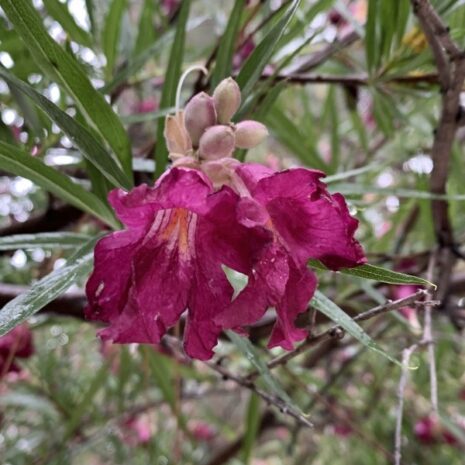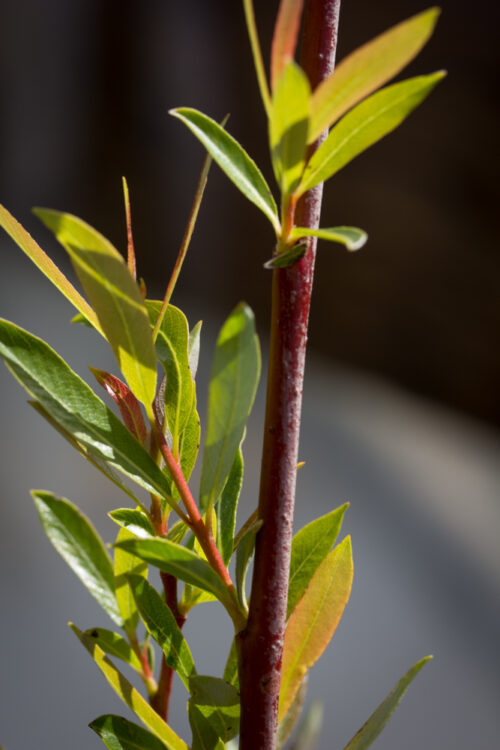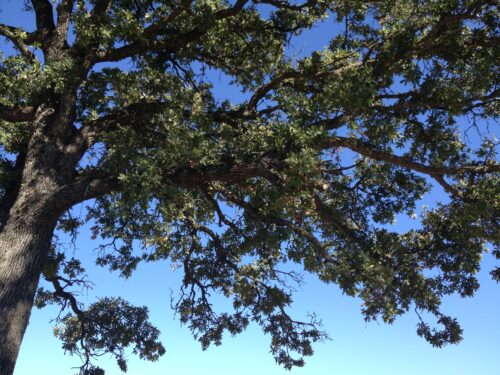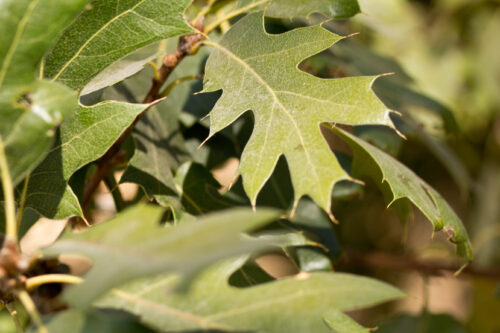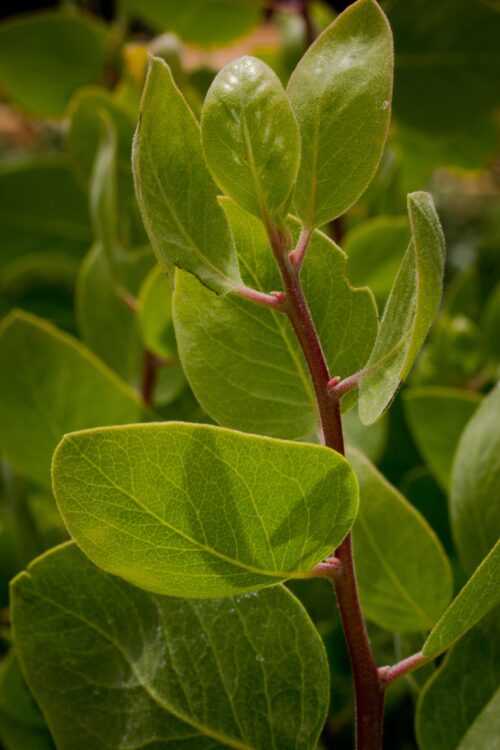Chilopsis linearis
We do not take online orders for plants. Please come in to the nursery, call or email: (510) 234-2222 or sales@thewatershednursery.com
Share this page
Desert Willow
This deciduous shrub to small tree reaches 12′-20′ in height with an equal spread. It will go dormant from late fall to mid spring. Space 6-8′ apart.
Known for its fantastic summer blooms, Desert Willow makes for a hardy and drought-tolerant addition to the garden, once established. The tube-shaped flowers attract many pollinators (especially hummingbirds) and range in color from burgundy, to pink, to white.
This southwestern beauty thrives in sun and heat, but provides stronger blooms with occasional deep watering during the summer. Moderate growth rate of 12″-24″ per year.
.
Sun: Full Sun, Part Shade
Other: Attracts Bees, Attracts Birds, Attracts Butterflies, Deer Resistant, Drought Tolerant, Erosion Control
| Container | 2-Gal, D-40O, 5-Gal, 5-GalS, D-40 |
|---|---|
| Ecological Value | Pollinator for bumblebees and other bees in the family Apidae as well as for humming birds. Desert willow is also used in soil stabilization plantings along highways and in well-drained barrow ditches |
| Historical Uses | The wood was used to make bows and baskets and the blossoms and seed pods were used for food. |
| Distribution | It is native to the southwestern United States and Mexico. |
| Elevation | Between 0 and 5900' |
| Communities | |
| Habitat | Desert willow primarily occupies dry washes, intermittent streams and other water courses, and moist canyons in deserts and mountain foothills. |

